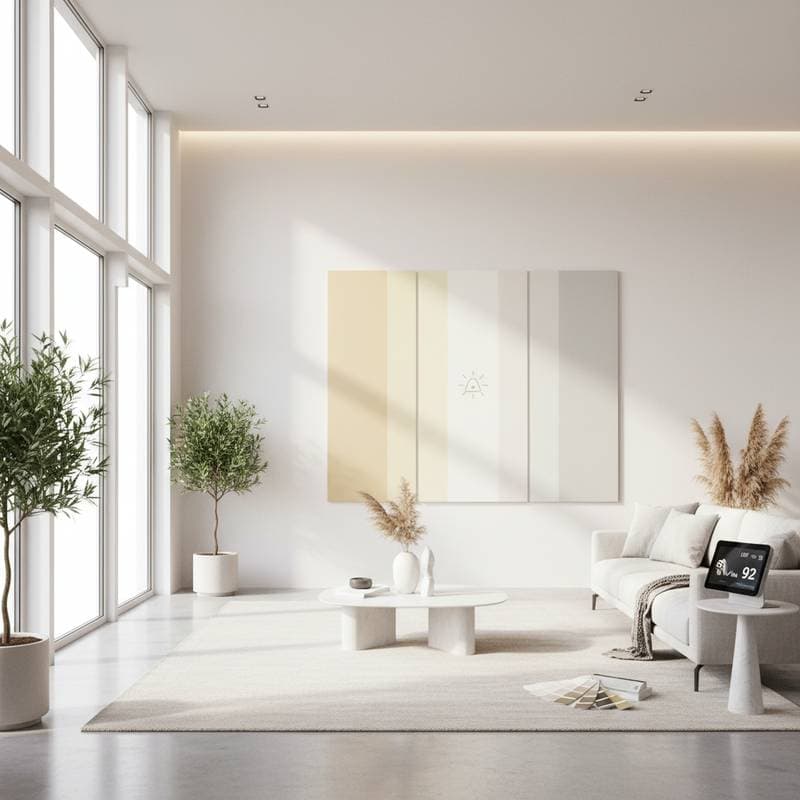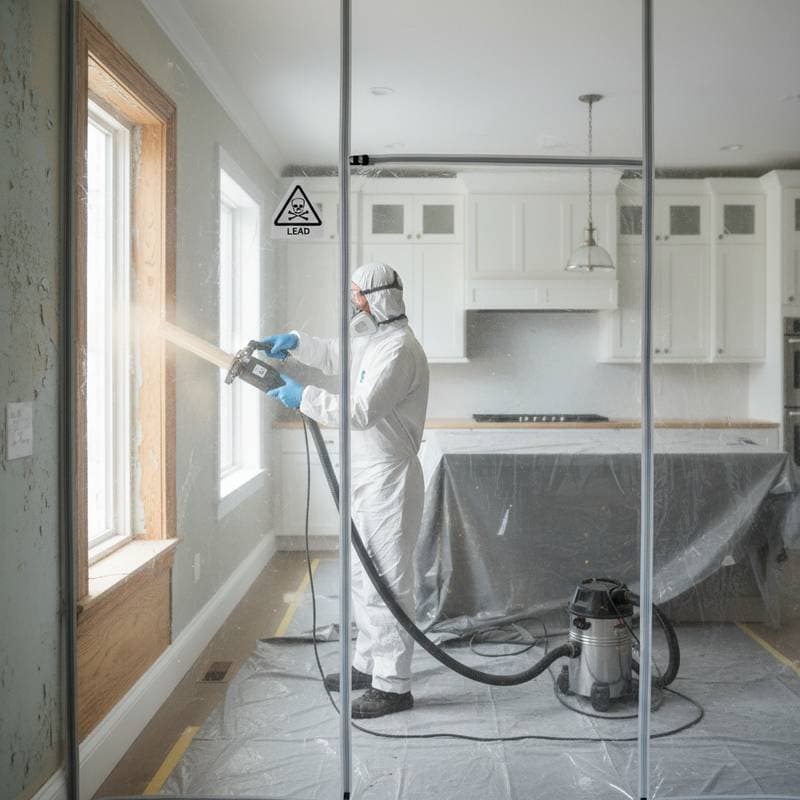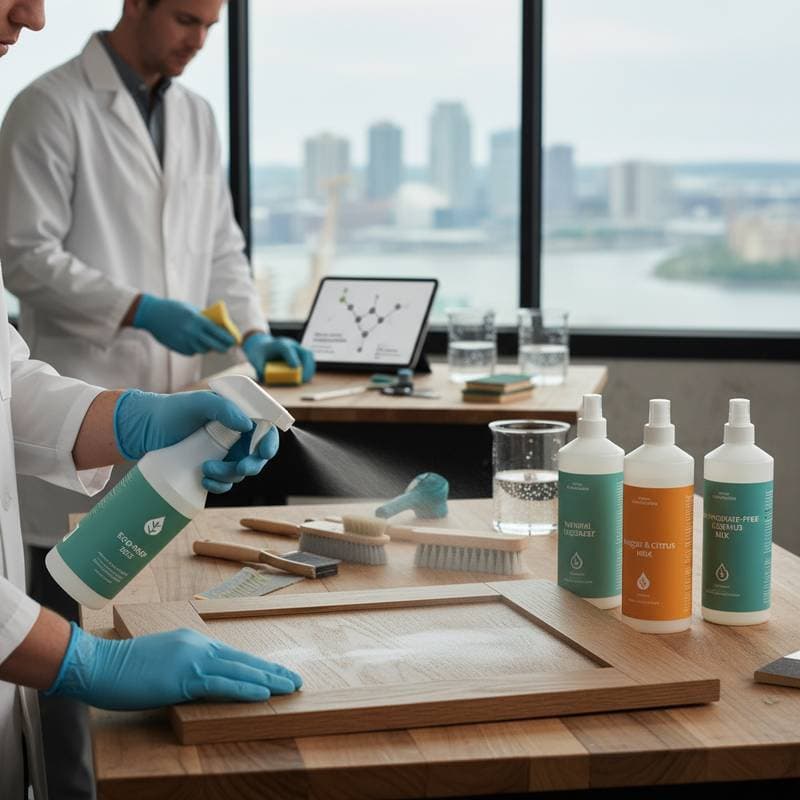Why Limewash Surpasses Traditional Paint for Textured Walls in 2025
Homeowners increasingly seek innovative ways to enhance the aesthetic and functional qualities of their interiors. Traditional paint remains a staple, yet limewash stands out for those desiring authentic texture, depth, and enduring appeal. This mineral-based finish delivers a breathable, organic surface that integrates seamlessly with walls, offering transformations beyond the capabilities of conventional coatings. To grasp limewash's prominence in 2025 design trends, consider its composition, versatility, and long-term advantages.
Understanding Limewash's Unique Properties
Limewash derives from slaked lime,limestone and mixing it with water to form a slurry. Applied in thin layers, this material absorbs into porous substrates rather than forming a surface film. The result is a nuanced, undulating texture that responds to light variations throughout the day. Traditional paint, by contrast, applies as an opaque layer that masks underlying imperfections.
This integration suits textured surfaces such as plaster, brick, or stone, where limewash enhances natural contours without overwhelming them. The matte, chalky sheen evokes historical authenticity, ideal for evoking Mediterranean villas or modern minimalist spaces. Designers favor it for its ability to introduce subtle color shifts, achieved through application techniques like cross-hatching or stippling.
Project Cost Analysis
Budgeting for a limewash project involves evaluating scope, materials, and labor. Costs vary based on room size and surface complexity, but the investment yields superior durability and visual impact.
Typical Cost Estimates
- Entry-level application: $4,000 to $6,000 for accent walls or compact rooms, covering basic preparation and two coats.
- Mid-range undertaking: $6,500 to $9,000 for several interconnected spaces, including detailed layering for depth.
- Comprehensive installation: $9,000 to $13,000 for whole-home coverage or custom effects, such as ombre transitions.
Core Components of the Quote
Every estimate encompasses thorough surface assessment and cleaning to remove contaminants. Professionals apply multiple diluted coats, allowing each to cure for optimal adhesion. Post-application, they perform quality checks and handle site restoration, ensuring a seamless handover.
Additional Expenses to Anticipate
Structural repairs, such as mending cracks in plaster, add to the total. In moisture-prone areas like bathrooms, a silicate-based sealer provides extra protection. Bespoke hues, formulated with natural pigments, incur fees for mixing and testing.
Influences on Overall Pricing
| Factor | Influence on Budget | Specific Instances |
|---|---|---|
| Substrate Readiness | Medium to Substantial | Patching uneven masonry or removing old coatings |
| Material Porosity | Medium | Highly absorbent brick demands extra product |
| Hue Personalization | Low to Medium | Earth-toned pigments versus vibrant additives |
| Artisan Expertise | Substantial | Master applicators command premium rates for precision |
Reasons Homeowners Prefer Limewash
Authentic Texture and Visual Interest
Limewash imparts a dynamic quality absent in flat paints, as each stroke creates micro-variations in opacity and tone. Sunlight filters through these layers, casting soft shadows that evolve with the time of day. This interplay fosters a sense of depth, harmonizing with contemporary clean lines or traditional warmth.
Wellness and Sustainability Advantages
Composed solely of natural minerals, limewash omits volatile organic compounds and synthetic additives common in standard paints. Its alkaline pH inhibits microbial growth, benefiting environments with humidity or allergens. Breathability regulates indoor moisture, safeguarding walls from damage while promoting healthier air quality.
Endurance and Upkeep Simplicity
Unlike paints that degrade through chipping, limewash embeds into the substrate for resilient performance. Exposure to elements fosters a desirable patina, enriching the appearance over years. Refreshing requires only a light misting of diluted solution, avoiding abrasive removal processes.
Application Timeline Overview
Limewash demands deliberate pacing to allow proper curing, distinguishing it from quicker paint jobs. This methodical approach ensures lasting results.
- Preparation Phase: Allocate one to two days for inspecting, cleaning, and repairing surfaces to achieve uniform absorption.
- Initial Coat: Dedicate one day to the base layer, using wide brushes for even distribution.
- Curing Interval: Permit one to two days for drying, influenced by ambient conditions like ventilation and humidity.
- Subsequent Layers: Apply one additional day for finishing coats, refining texture as needed.
- Completion Steps: Use one day for optional sealants and final evaluations.
Standard projects conclude within seven days, with extensions possible for expansive or intricate designs.
Weighing Professional Installation Against DIY Efforts
DIY Feasibility Assessment
The non-toxic formula and water-based cleanup attract hands-on enthusiasts. Beginners can experiment on small scales, following manufacturer guidelines for dilution ratios. Challenges arise in mastering stroke consistency, where inconsistencies may produce blotchy outcomes.
Benefits of Expert Involvement
Skilled applicators excel in adapting techniques to material variances, from smooth plaster to rugged stone. They employ tools like lime-specific brushes to control depth and prevent over-saturation. Engaging professionals minimizes errors, guaranteeing adherence and aesthetic precision that elevates the final reveal.
Selecting a Qualified Limewash Specialist
Prioritize contractors with documented expertise in mineral finishes, verifiable through portfolios of comparable installations. Inquire about their process for testing surface compatibility and achieving desired effects. Secure a comprehensive proposal detailing timelines, materials, and warranties to align expectations.
Steps to Initiate Your Limewash Transformation
Begin by assessing your space's style and traffic patterns to select appropriate shades and sheens. Consult samples in situ to preview light interactions. Coordinate with your chosen professional early to integrate preparation into your schedule, unlocking walls that breathe life into your home for years ahead.
Common Questions About Limewash Projects
What Determines Limewash Expenses Relative to Conventional Paint?
Surface characteristics, project scale, and layering requirements drive pricing. Labor intensifies for the artisanal application, yet limewash's extended lifespan offsets initial outlays through reduced future interventions.
How Much Time Does a Typical Limewash Application Require?
Compact areas finish in roughly one week, accounting for curing periods. Expansive or ornate endeavors extend timelines, with environmental factors like airflow accelerating or delaying progress.
Is Self-Application of Limewash Viable for Homeowners?
Affirmative, particularly for modest features, provided one practices dilution and technique. Broader applications benefit from professional oversight to secure uniform bonding and visual harmony.
How to Identify a Dependable Limewash Contractor?
Seek specialists in lime-based products, backed by client testimonials and project visuals. Verify licensing and insurance, and insist on contracts specifying methodologies and deliverables.
In What Ways Does Limewash Outperform Standard Paint in Durability?
By permeating rather than overlaying, limewash resists delamination and environmental stressors. It acquires an enhancing glow with age, with simple reapplications restoring vibrancy.
What Care Does Limewash Necessitate?
Routine involves light dusting and spot-cleaning with mild solutions. Periodic renewal coats maintain vitality without disrupting the established patina, supporting decades of appeal.



